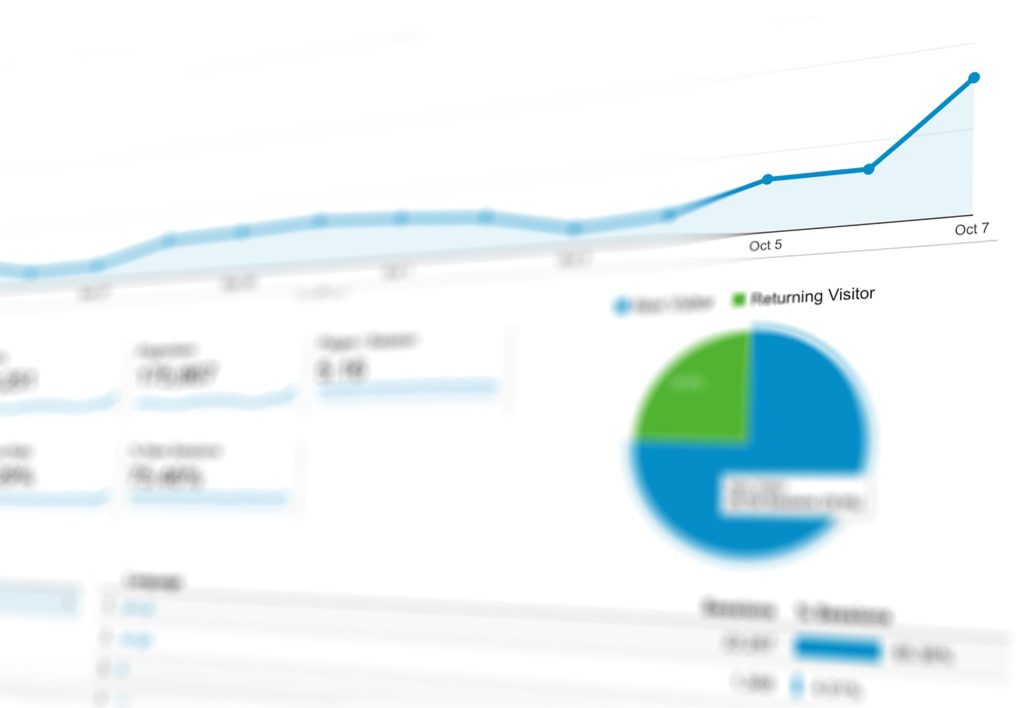In today’s digital-first world, your website is often the first impression potential customers have of your business. But having a visually appealing site isn’t enough, if it’s not optimised for search engines, you could be missing out on valuable website traffic. That’s where SEO-friendly web design comes in. Before hiring an agency to build or redesign your site, it can be helpful to understand how web design and SEO intersect. In this article, we’ll break down the key principles of SEO-friendly web design and what every business should know to make informed decisions when partnering with a web design agency.
What is SEO-Friendly Web Design?
SEO stands for Search Engine Optimisation. SEO-friendly web design is a design process that incorporates the fundamentals of SEO. Considering SEO in the web design process is crucial to ensure your website is highly visible on search engines.
Key Principles of SEO-Friendly Web Design
To create an SEO-friendly website and successfully drive traffic to your website through search engines, we recommend including the following key principles in your web design project.
Mobile Responsiveness
Creating a website that’s mobile responsive is key to remain visible in search engines. Google uses mobile-first indexing to index and rank websites. Over half of website traffic comes from mobile, so mobile responsiveness is a non-negotiable.
Site Speed Optimisaiton
Site speed is a key factor for SEO, as page speed is a confirmed ranking factor for Google’s search results. You can check your page speed using using Google’s PageSpeed Insights, or other online tools like Pingdom.
Clean URL Structure and Site Architecture
A clean URL structure helps to improve user experience, and helps search engines to understand and navigate your site. Clean URL structures can help the page rank for targeted keywords and also make the page easier to share on different platforms. Keywords in URLs are a minor ranking factor, however, primarily URLs should be user-friendly.
The structure of a URL is usually as follows:
Protocol (e.g. https://)
Domain (e.g. weareyellowball.com)
Path (e.g. /guides/how-to-design-a-website-layout-with-examples-ideas/) also known as the ‘slug’
How can you keep your URL structure organised?
Keep your URL structure organised by implementing categories, subcategories and so on, rather than linking to everything straight from the homepage. Context is important for search engines, so organising your site architecture in a logical way can help search engines understand your website’s content, and what pages are the highest priority to crawl.
For example:
This includes /guides/ in the URL structure to signify a guides section, followed by a slug that includes relevant keywords and provides context as to what the page is about.
Optimised Images and Media
Including optimised images and media within your web design is key to making sure your site is SEO-friendly. Making sure to compress images can help improve page speed, and including varied media assets provides more opportunities for your content to rank through image and video search, as well as improving the user experience and increasing engagement.
Schema Markup and Structured Data
Schema markup is code added to your website’s HTML, which can help search engines to understand the meaning and context of your content. Implementing schema markup can help your content to be included in areas like People Also Ask, helping to build your search engine visibility and enabling your business website to take up more real estate on the SERP.
On-Page SEO Best Practices for Web Design
There are several types of SEO including on-page, off-page, technical and local. Here, we’ll go through on-page and technical SEO considerations for web design.
Keyword Optimisation in Design
Including relevant, target keywords in your website copy and considering where copy is placed on the page are factors in how well your pages will rank in search engines. For more information, read our guide on how to conduct keyword research for SEO.
Considering copy placement in your web design and prioritising key content above the fold can improve your page’s rankings for target keywords, as search engines like Google crawl the page from the top down. Including key information nearer the top of the page can help to improve context for search engines and improves the user experience by providing the user with the information they need from the outset.
Meta Tags and Header Tags (H1-H6)
Making sure to implement header tags correctly, in the correct order is important to help to provide context for search engines, and improve readability for users. Avoid implementing heading tags purely for stylistic purposes, i.e. ensure the title of the page is an H1, not an H4, as including titles in an incorrect order can create confusion for Google. Include target keywords naturally within header tags where relevant to help search engines understand your content.
Content Readability and User Experience
User engagement is crucial for SEO because it signals to search engines that content is valuable and relevant. Increasing website engagement can lead to better rankings and organic traffic as Google will serve your content more highly on search engine results pages if website visitors find your content useful.
Technical SEO Considerations in Web Design
Considering technical elements of SEO at the outset of the web design process can help you to save a lot of time later on when making updates to your website.
Crawlability and Indexability
Robots.txt
A robots.txt file is a plain text file placed in a website’s root directory that instructs web crawlers on which pages or sections of the site they should or shouldn’t access, helping to manage crawling and indexing. Including a clean robots.txt file in your website is important to help search engines crawl and index your website effectively.
XML Sitemap
An XML sitemap is a file listing all your website’s pages, helping search engines discover and index your content more efficiently. Including an XML sitemap on your website helps to provide context to search engines on the structure of your website, particularly if your site has complex navigation or contains many pages.
Canonical Tags
Implement canonical tags to help signify to search engines if you have duplicate or near-duplicate content on your site available through multiple URLs, to let search engines know which is the preferred version. This helps to avoid competition between your website pages in search engine results pages.
HTTPS and Security
SSL certificates (HTTPS) are crucial for SEO and trust. HTTPS is a ranking signal for Google, meaning sites using HTTPS can get priority for rankings over sites using HTTP. HTTPS allows Google to verify that a website is secure.
Avoiding Common SEO Mistakes in Web Design
Common SEO mistakes in web design include:
- Using excessive Javascript which can slow down page speed.
- Implementing a poor website structure, which can lead to ‘orphan’ pages, i.e. pages that don’t have any internal links pointing to them, making it harder for search engines to discover and index these pages.
- Using large media files without optimising and compressing can result in poor loading times.
SEO-Friendly Web Design Tools and Resources
Essential tools for testing and improving your web design to make it SEO-friendly include:
- Google PageSpeed Insights for speed testing
- Screaming Frog for site audits and crawlability
- Yoast SEO or Rank Math plugins which provide on-page SEO functionalities for WordPress
- Run a Lighthouse report
- Check your Core Web Vitals
SEO-Friendly Web Design in Action: Case Study
Ballet with Isabella Case Study by Yellowball – SEO and Web Design
The Yellowball design team built an e-commerce website with a membership platform for Ballet with Isabella. At the same time, the SEO team optimised key landing pages and began uploading blog content, so that the new website would be equipped for success in organic search once launched.
From an SEO perspective, this involved:
- Content strategy, implementing content pillars
- Strategic internal linking
- Leveraging video content
The web design and SEO project resulted in:
- +708% search impressions
- +138% click-throughs via search
- 24 keywords ranking on the first page of Google
Explore the full case web design and SEO case study for more information.
SEO-Friendly Web Design FAQs
SEO is the process of improving a website’s visibility in search engine results pages, whereas SEO-friendly web design is the process of creating a website that is easily crawlable and indexable for search engines while also being user-friendly.
Yes! On-page SEO updates, technical SEO improvements and link building can all significantly improve your website’s SEO.
Aim to review and refresh your website content fairly regularly, at least every 6-12 months. Update pages with high traffic more regularly, depending on the purpose and nature of your website.
Partner with an SEO and Web Design Agency
The SEO process in web design is a multi-faceted one that can help boost your website’s visibility, user experience, and conversion potential. At Yellowball, we understand that by following this step-by-step guide and incorporating SEO into our web design and web development projects, we can unlock the true power of search engine optimisation and lead your website to success in the digital world. Contact Yellowball today, we’re an award-winning web design agency based in London, UK.










